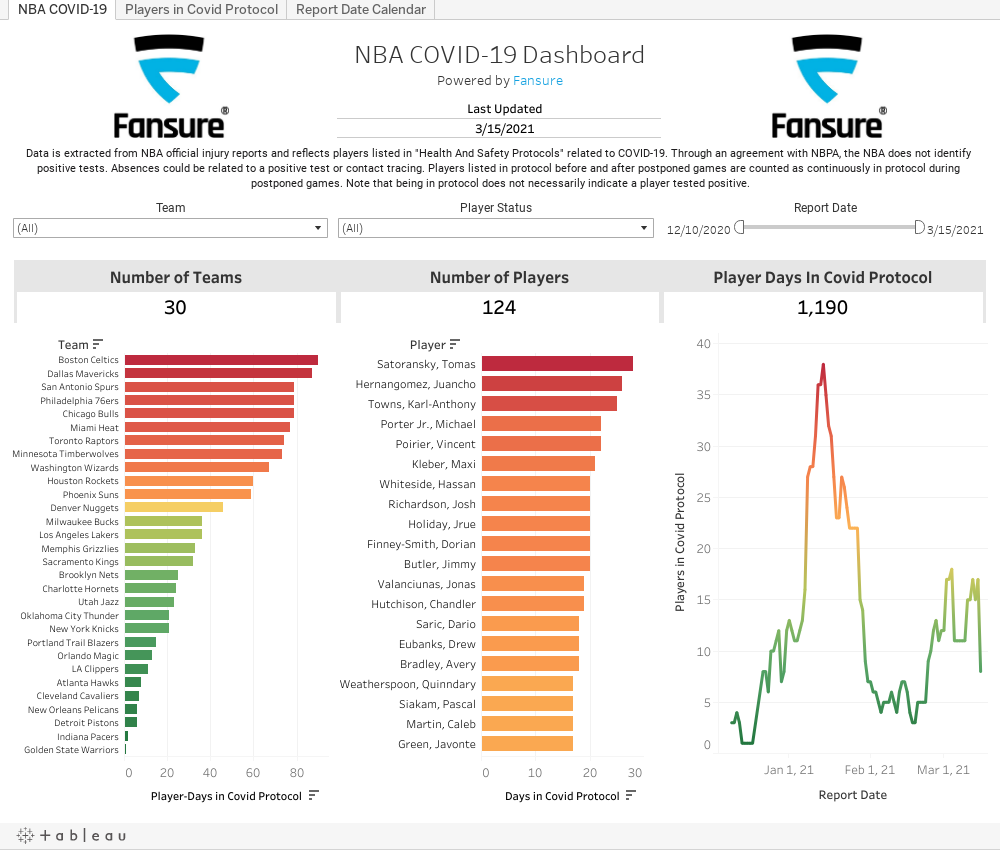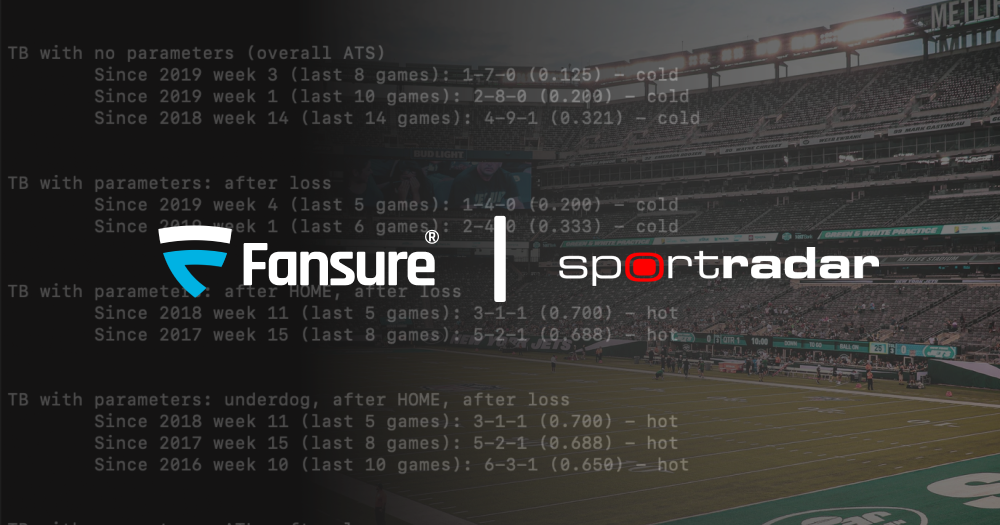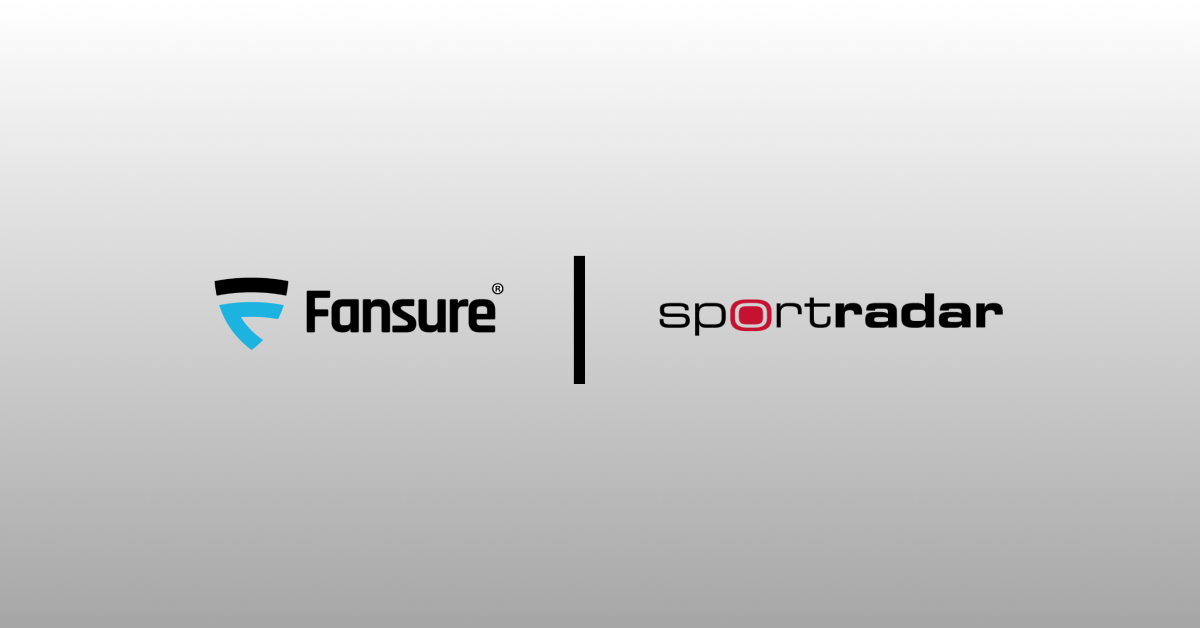Original post: https://usbettingreport.com/news/fansure-and-sportsradar-announce-strategic-partnership/
On Wednesday this week, Fansure Founder and CEO Vijay Shravah announced that Fansure has entered a strategic partnership with Sportradar.
Once we heard this exciting news, we connected with Co-founder & VP of Product, Jordan Pascasio, who was answered a few quick questions about Fansure, how the company started and their plans for the future
How would you describe Fansure’s business model and Unique Selling Proposition?
Pascasio. Fansure provides content automation solutions to help sports betting platforms drive fan behavior. Our scenario-relevant insights optimize how digital publishers monetize their audience and how native applications drive event conversions.
We currently support player prop and team markets for the core four U.S. professional sports leagues, and have plans to expand into amateur sports leagues (NCAA) soon.
In terms of distribution, we recently secured a strategic partnership with Sportradar, a global leader in delivering sports data and content to media companies, sports federations and the betting industry, to provide innovative player prop and team betting insights to their robust client base.
How did you get started and from where did you get the idea?
Pascasio. Our sports betting content automation solutions, which are B2B, actually started as a B2C iOS app called TRNDS Sports. The TRNDS Sports app was a mobile backtesting tool that allowed users to quickly discover and analyze a team’s historical profitability under any scenario.
While operating the B2C application, we experimented with generating crude betting trends CSVs for an upcoming week or day and selling those lists to media entities that were interested in injecting the data into their content. After seeing initial success with a product that was essentially a hacked together prototype, we decided to devote dev resources to building out public and partner API infrastructure. From there, we were off and running.
A lot of companies provide sports betting data. Can you explain, in layman’s terms, how data is uniquely served within your product?
Pascasio. We specifically focus on contextualizing data for the average or new sports bettor through historical insights. To quote a recent whitepaper published by Sportradar, integrating historic data references helps to reinforce the storyline surrounding what is happening, how it is happening, and why it is happening – otherwise referred to as ‘the plot’.
Our goal is to streamline access to this type of data, allowing media companies and native apps to easily map to the insights, create narratives around them and ultimately leverage them to drive behavior.
We are excited about our player prop insights segment as we think that the high overlap between fantasy sports and sports betting (89% of sports bettors play fantasy sports according to HPL Digital Sport) can be a conduit for the fantasy crowd who have yet to cross over.
Player props facilitate that transition nicely as the markets and supportive data are less optically daunting than traditional markets, such as the Spread or Total, for first-time bettors. Having the prior experience of playing fantasy sports and conducting the necessary research around statistics such as touchdowns or rebounds is a more familiar exercise for players.
What betting scenarios or data features are most commonly requested by your user base? What type of new products or features are on your roadmap?
Pascasio. Player-level / prop insights were a huge request that we received in the early days when our data was solely team-based. As stated above, it was clear to us that there was a significant path to growth if we expanded to offer those markets.
Content automation solutions such as dynamic widgets and embeddable data tables are other products that we frequently receive inquiries for. We are very bullish on these types of low/no-code products that can help media entities elevate their content in a frictionless and scalable manner. As such, they are prioritized on our roadmap. Currently, we are focused on refining our insights-as-a-service APIs, i.e. the pipes, of which we will then build the content automation tools on top of.









